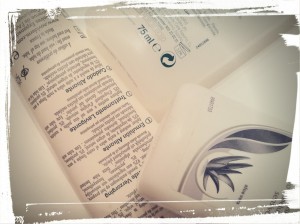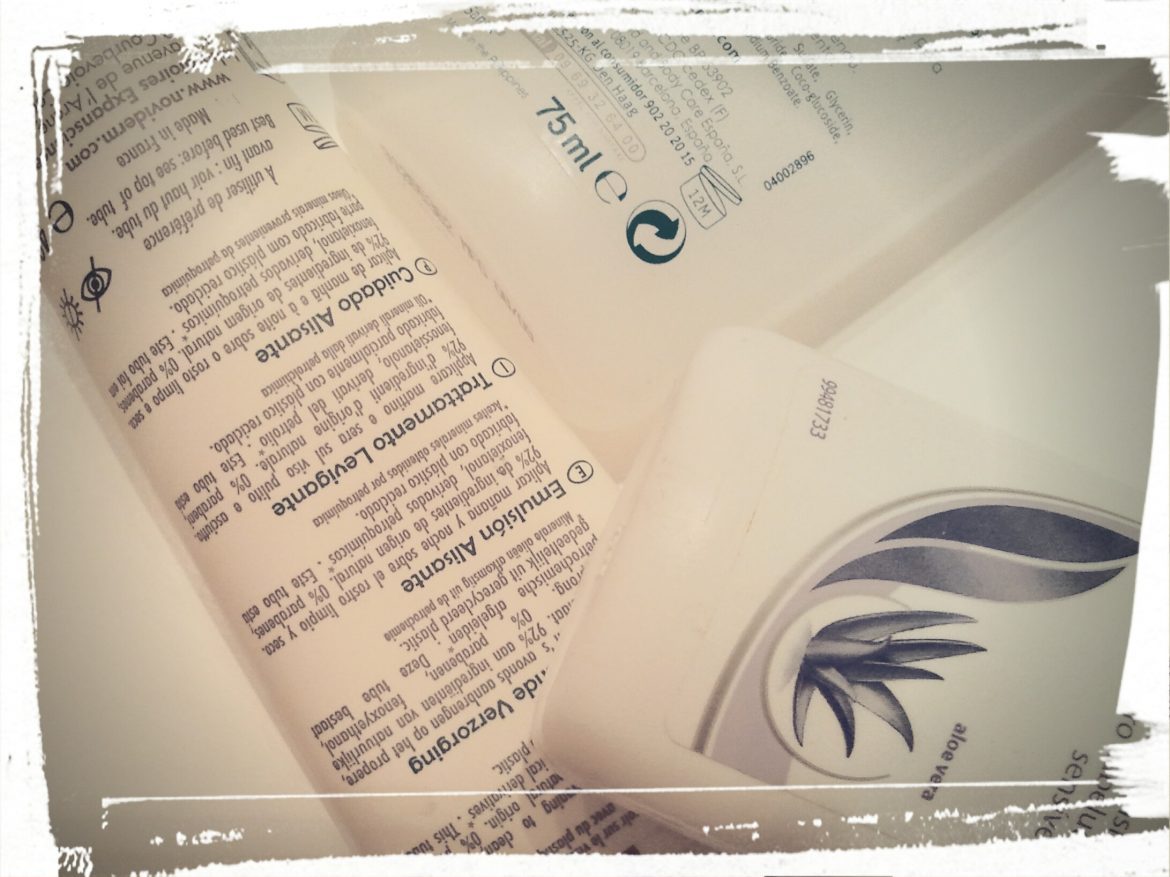In a previous post I wrote about seborrheic dermatitis (and dandruff, which is a mild type of seborrheic dermatitis). Of which I commented that it could be quite troublesome because it recurred again and again. So, it is important to know the treatments that exist for it, which can make us get better during outbreaks as well as prevent new ones.
Seborrheic dermatitis is chronic and can be quite uncomfortable.

We said that the fungus pityrosporum ovale is somehow involved in the development of this disease, and that is why one of the most effective drugs for the prevention and treatment of seborrheic dermatitis are antifungals (fungal antibiotics), of which the most widely used are ketoconazole and ciclopirox.
Seborrheic dermatitis of the scalp
Ketoconazole and ciclopirox are formulated in both creams and shampoos or gels so they can be applied for a few days for hair washing to reduce symptoms in scalp dermatitis outbreaks. It has been shown that using them on a regular basis (e.g. once a week) can help prevent new outbreaks from occurring.
In cases with very heavy scaling or severe itching that do not improve with ketoconazole alone, we can use topical corticosteroid treatments, usually formulated as a shampoo or solution (clobex shampoo, elocom solution). These should be prescribed by a physician or dermatologist.
For dandruff (milder form of seborrheic dermatitis) other treatments can also be used such as “normal” anti-dandruff shampoos: i.e. those that can be bought over the counter in pharmacies or supermarkets. They usually contain zinc pyrithione (H&S), selenium sulfide, coal tar (Tarmed) or salicylic acid.
Seborrheic dermatitis of the face
It has been seen that to prevent seborrheic dermatitis of the face, especially in men with beards, it can be useful to use a 2% ketoconazole gel weekly.
In spite of everything, most of the time the treatment is done with creams. There are different types of creams:
- PARAPHARMACEUTICALS/COSMETICS: they can be useful in daily use to prevent outbreaks, but their effect is very discreet (Kelual cream, Sensibio DS, Uriage DS, etc…).
- TOPICAL CORTICOIDS: in people with infrequent outbreaks, low/medium potency corticosteroid creams (vaspit/lactisone) can be used, which usually have a fairly rapid response. They should be discontinued when the outbreak disappears. It is important to emphasize that corticosteroid creams on the face should not be used daily, much less as moisturizers in the area with seborrheic dermatitis.
- CALCINEURINE INHIBITORS (pimecrolimus-Elidel-, tacroliums-protopic-): these creams have similar effects to corticosteroids, without their long-term adverse effects (although they may cause a slight burning sensation in the area). For this reason they are usually used in seborrheic dermatitis with very frequent outbreaks. They are used until the outbreak disappears, which usually lasts about 4-7 days. One of the drawbacks is that they are much more expensive than topical corticosteroids.
Do you suffer from seborrheic dermatitis?
